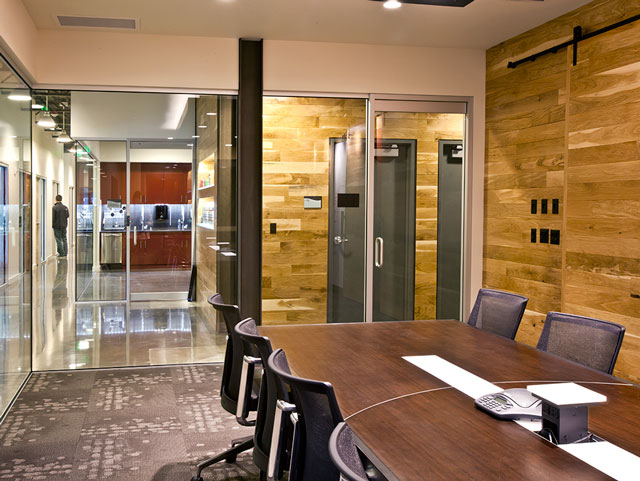Originally written by former WT Senior Associate, Rachael Bauer.
What an intriguing, innovative concept for all – taking advantage of the existing office space and using it to its maximum potential. As we work with our clients to plan new offices, or renovate their existing spaces, this information is a powerful design tool.
We recently heard about a leading-edge service to help in this work. Rifiniti is a company that offers a software analytics service to help companies better understand how their spaces are being used, and then makes suggestions for spatial efficiencies.
Clearly, space utilization has changed – and the design of the workplace must follow suit. The traditional offices generally run 80/20* – 80% individual stations; 20% meeting spaces. As Allsteel, a commercial office furniture manufacturer, points out, “For many organizations…the percentage of individual workspaces being used at any given time – is 40%”. Technology is a key factor in this underutilization due to remote work options, break out spaces and flexible hours.
Additionally, conference rooms are often under or overbooked. So the question must be asked – are these rooms actually in use, or just scheduled for use? And how many people are using the rooms relative to their size?
Underutilized real estate costs money. Larger office spaces bring higher operations costs and more risk. So what does Rifiniti mean for all this? With the help of systems that may or may not already be in place within the building (such as badge swipes or wireless sensors installed on furniture that monitors use), Rifiniti keeps track of the utilization of different spaces within the workplace. The information is presented in an organized manner that helps the customer make valuable changes.
Rifiniti’s technology is not just intended for existing companies; it also works for those inquiring about a new space or developers looking to purchase real estate to sell or lease to tenants. They can evaluate a potential space to see if it is a good fit with a company’s actual needs. Could a company do this on its own to save on costs for the service? Perhaps, but the sheer number of variables make it a tricky proposition. Cutting too much real estate might negatively affect workflow. Knowing the decision to cut floor space is backed by actual data can help ensure workplace efficiency and preserve employee satisfaction. That helps in continuing to attract talent.
With Seattle becoming denser – resulting in less real estate at a higher cost – it only makes sense for companies to carefully evaluate their space needs based on facts, not suppositions. This technology seems to be a viable tool that has the potential to bring greater profitability to companies and impact the real estate market.
*Source – http://rifiniti.com/wp-content/uploads/2015/02/wpa-insight-utilization-010615c-final.pdf
